
Sprawling across more than 25,000 acres, Walt Disney World is a theme park resort that operates on a scale unlike any other. Although we're generally focused on the rides and shows that make visiting the resort so much fun, occasionally we like to take a step back and look at exactly how a place like Walt Disney World can actually function on a day-to-day basis.
With around 60,000 employees and hundreds of thousands of guests on-site at any one time, Walt Disney World consumes a vast amount of resources. And they're not all the kinds of resources that you'd first think of, such as gasoline, electricity and water. Some of them are much more ordinary and unexciting - but serve to illustrate just how big the resort really is.
Here are 10 examples of mundane items that Walt Disney World consumes like crazy...
10. Toilet tissue
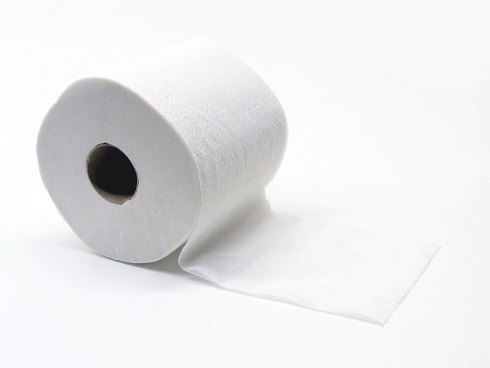
We're not sure exactly how many bathrooms there are at Walt Disney World. Certainly, there are dozens of toilet cubicles at each of its theme parks. Then there are the en-suite bathrooms of the 25,000+ rooms at its various on-site hotels. Whatever the precise count, there are a lot of them.
As a result, in 2004 Walt Disney World reportedly used some 194,871 miles of toilet tissue.
9. Bandages
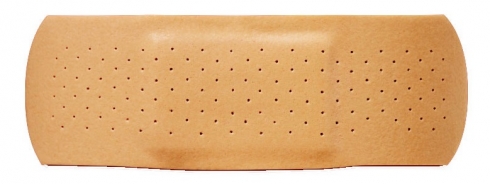
All those clumsy children wandering around Walt Disney World's theme parks are bound to trip and stumble occasionally (as are the drunken adults stumbling around Epcot's World Showcase. No wonder, then, that the resort dishes out more than 200,000 bandages every year.
8. Pens
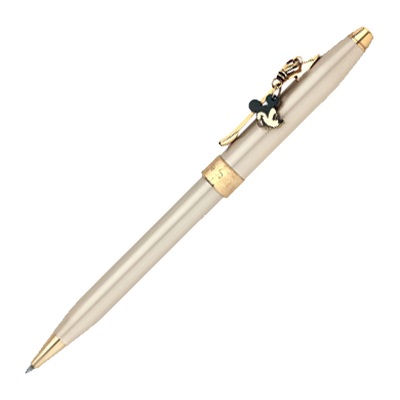
All those Cast Members have got to make notes occasionally. They can jot them down with some of the 3.8 million ballpoint pens that the resort buys every year.
7. Eggs
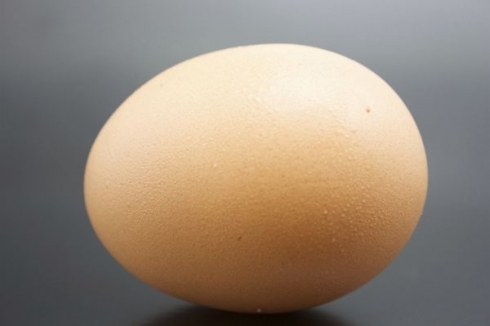
Eggs are essential ingredient of many dishes - and Walt Disney World serves up a lot of food. Around 3 million pounds of eggs are used by the resort every single year.
6. Flour
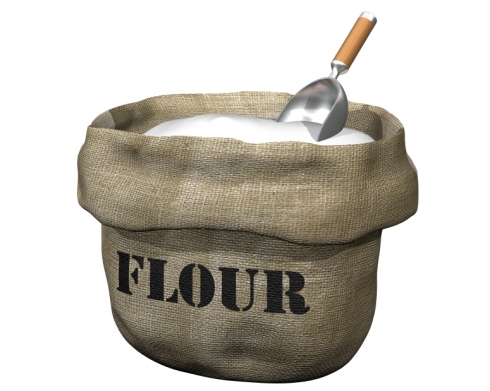
All those on-site bakeries have got to used something to make their bread and pastries. Walt Disney World uses an insane 1.8 million pounds of flour annually.

Comments
And there are so many hungry people in the U.S. alone.
Don't forget the environmental impact Disney takes part in. All paper plates and cups are recycled. All water goes through a recycling process. Most fruits and vegetables are either grown locally or grown on property. Every piece of trash that is thrown away at WDW is sorted and then, if recyclable, gets recycled (they make a fortune off your trash btw), all toilet paper and hand towels are biodegradable and are supposed to completely dissolve after sitting in water for more than fifteen minutes (haven't tried this but it does explain how the toilets seem to never clog up), all fuel powered vehicles that are owned by Disney are run on clean diesel fuel or clean gasoline, and finally, unlike their neighbor Universal, Disney does not use LN2 for fog effects. They make their own fog using machines backstage that generate steam. The steam is then piped in to the attraction creating the smoky or foggy environments. Using liquid Nitrogen (dry ice) is more harmful to the environment and will kill most animals that are exposed to it long term.
The last sentence of your paragraph is wrong!! "Dry ice" is made from frozen carbon dioxide, not liquid nitrogen. Get your science & chemistry facts straight before you start writing an article.
Dry ice and liquid nitrogen are two extremely different things.
I applaud Disney's efforts to recycle, and most of what you write is correct. However, as Jason mentioned, dry ice is from liquid CO2 not LN2. Nitrogen is the most common element in atmosphere and is used in food prep and has no adverse effects on humans or environment. Also, many that suppprt man-made global warming or whatever they are calling it this week speak negatively of CO2. This gas is used by all green plants and is not dangerous--it exists naturally. Makers of dry ice take CO2 out of atmosphere, lower temp under pressure, which reduces to a liquid and further decreases in temp, freezes it. There is no net increase in amount of CO2. Where additional increases of CO2 is formed it is not necessarily dangerous. This increase comes as a by product of a chemical reaction such as exhaust from combustion engines. But even then, the amount of vegetation has increased at a greater rate than production of by product CO2. Regardless, that is beyond the scope of this post.